현대적인 스마트 조명 시스템은 단순히 조명을 켜고 끄는 것 이상을 수행합니다. 편안함, 효율성 및 스타일을 향상시키는 적응 가능한 환경을 조성합니다. 모든 부드러운 밝기 변경 뒤에는 조용히 사용자 경험을 형성하는 디밍 프로토콜이 있습니다. 상업 프로젝트에서 가장 널리 사용되는 것은 DALI와 PWM으로, 각각은 LED 조명을 제어하는 독특한 방법을 제공합니다. 차이점을 알면 공간에 적합한 접근 방식을 선택하는 데 도움이 될 수 있습니다.
스마트 조명에서 디밍 프로토콜이 중요한 이유
잘 설계된 스마트 조명 시스템은 고정 장치 모음 그 이상입니다. 변화하는 요구 사항에 대응하고 효율성을 개선하며 시간이 지남에 따라 가치를 추가하는 네트워크입니다. 이 시스템의 핵심은 디밍 프로토콜이 빛을 관리하고 경험하는 방식에 중요한 역할을 합니다.
가장 분명한 이점 중 하나는 에너지 절약입니다. 낮 시간이나 교통량이 적은 지역에서 조명을 어둡게 함으로써 기업은 가시성이나 안전을 손상시키지 않으면서 전력 소비를 크게 줄일 수 있습니다. 1년 동안 특히 대규모 상업 공간에서 유틸리티 비용의 상당한 감소로 이어질 수 있습니다.
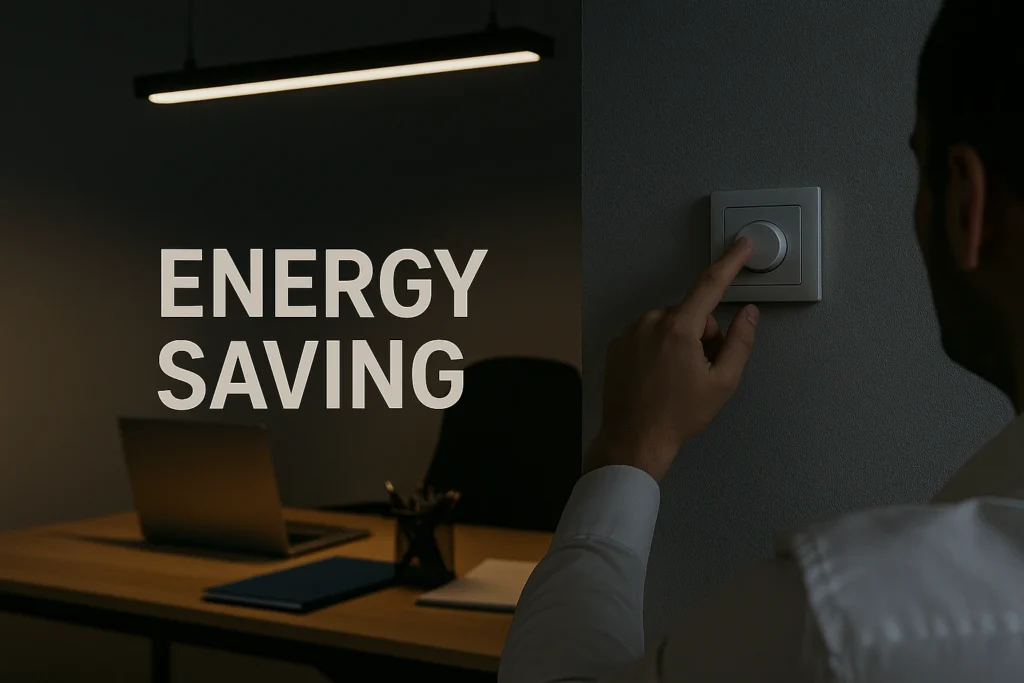
통제의 용이성은 또 다른 장점입니다. 최신 디밍 프로토콜을 통해 중앙 집중식 또는 자동화된 조정이 가능하여 시설 관리자가 일정을 설정하고 조명 장면을 만들고 점유 또는 일광 수확을 위한 센서를 통합할 수 있습니다. 이는 사용자 경험을 향상시킬 뿐만 아니라 지속적인 수동 개입 없이 조명 시스템이 최적의 효율성으로 작동하도록 합니다.
장기적인 관점에서 보면 유지비를 줄이는 것도 똑같이 중요합니다. 과도한 LED를 피하고 불필요한 사용을 최소화함으로써 디밍은 고정 장치와 드라이버의 수명을 연장합니다. 이는 시스템 수명 동안 교체 횟수가 줄어들고 가동 중지 시간이 줄고 운영 비용이 절감됩니다.
디밍 프로토콜은 또한 편안함과 유연성에 기여합니다. 부드러운 밝기 조정은 눈부심과 눈의 피로를 줄여 직원, 고객 또는 손님을 위한 보다 쾌적한 환경을 조성합니다. 다목적 공간에서 서로 다른 조명 장면을 전환하는 기능은 기능과 분위기를 향상시킵니다.
궁극적으로 디밍 프로토콜의 선택은 오늘날 조명 시스템이 어떻게 작동하는지 뿐만 아니라 미래의 요구에 얼마나 쉽게 적응할 수 있는지를 결정합니다. 사용 가능한 많은 옵션 중에서 Dali와 PWM은 가장 널리 채택된 두 가지 옵션으로 남아 있습니다. 각각은 서로 다른 프로젝트 요구 사항에 맞는 고유한 강점을 가지고 있습니다. 그들의 능력을 이해하면 정보에 입각하고 미래에 대비할 수 있는 결정을 내리는 데 도움이 됩니다.
PWM 디밍이란 무엇입니까?
PWM (펄스 폭 변조) 디밍은 특히 비용에 민감하거나 중소 규모의 조명 프로젝트에서 LED 밝기를 제어하는 가장 일반적인 방법 중 하나입니다. PWM은 실제 전압을 LED로 낮추는 대신 특정 주파수에서 LED를 빠르게 켜고 끕니다. 듀티 사이클로 알려진 "On" 시간의 "Off" 시간에 대한 비율을 조정함으로써 LED가 각 펄스 동안 여전히 최대 전압을 받는 동안 인지된 밝기가 변합니다.
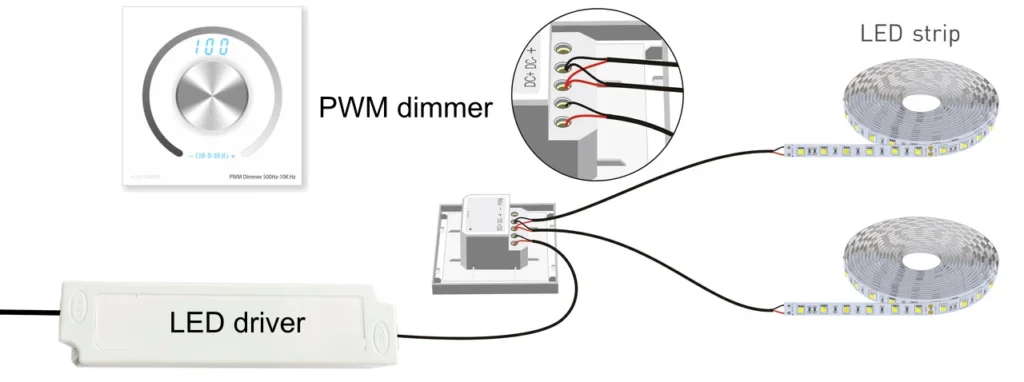
인간의 눈으로 볼 때, 이 빠른 전환은 충분히 높은 주파수에서 수행될 때 보이지 않으며 LED는 단순히 더 어둡거나 더 밝게 보입니다. 이 방법은 다양한 밝기 수준에서 LED의 색온도를 안정적으로 유지하도록 보장하며, 이는 일관된 색상이 중요한 소매 디스플레이, 장식 조명 및 환대 설정에서 특히 유용합니다.
PWM 디밍의 장점은 다음과 같습니다.
비용 효율성 – PWM 드라이버는 일반적으로 더 간단하고 저렴하므로 예산이 빠듯한 프로젝트에 매력적입니다.
안정적인 색상 성능 – LED는 다양한 밝기 수준에서 색상 특성을 유지합니다.
폭넓은 호환성 – 시장에 나와 있는 많은 LED 스트립과 고정 장치는 PWM 제어를 염두에 두고 설계되었습니다.
고려해야 할 제한 사항:
잠재적인 깜박임 문제 – 주파수가 너무 낮으면 민감한 개인이 깜박임을 인지할 수 있으며 고속 카메라가 스트로빙 효과를 포착할 수 있습니다.
더 짧은 유효 전송 거리 – PWM 제어 신호는 더 긴 케이블 실행에 따라 저하될 수 있으므로 추가 신호 조절 없이 대규모 건물 시스템에 적합하지 않습니다.
제한된 확장성 – 소규모 또는 단일 구역 응용 분야에 탁월하지만 PWM은 여러 영역에서 수백 개의 고정 장치를 관리할 때 효율적이지 않습니다.
PWM 디밍의 일반적인 응용 분야에는 소매점 선반의 LED 스트립, 호텔의 액센트 조명, 간판 조명 및 비용과 단순성이 고급 제어 기능보다 우선시되는 주거용 스마트 조명 설정이 포함됩니다.

달리 디밍이란 무엇입니까?
달리 (Digital Addressable Lighting Interface)는 전문적인 조명 제어를 위해 특별히 설계된 표준화된 디지털 통신 프로토콜입니다. 밝기를 조정하기 위해 전력 공급을 조절하는 PWM과 달리 달리는 호환 가능한 드라이버에게 디지털 신호를 보내어 어떤 밝기 수준을 생성할지 알려줍니다. DALI 네트워크의 각 고정 장치 또는 드라이버는 고유한 주소를 가질 수 있으므로 복잡한 배선 변경 없이 개별 또는 그룹화된 제어가 가능합니다.
작동 방식:
DALI 네트워크는 제어 회로와 디지털 데이터를 모두 전달하는 2선 버스와 컨트롤러(또는 여러 컨트롤러), DALI 호환 드라이버 및 2선 버스로 구성됩니다. 이 프로토콜은 DALI 라인당 최대 64개의 개별 주소 지정이 가능한 장치를 지원하며, 이 장치는 최대 16개의 그룹으로 구성되고 16개의 사전 설정 장면을 할당할 수 있습니다. 디지털이기 때문에 밝기 조정은 최대 254개의 개별 디밍 레벨로 정확하고 가시적인 깜박임이 없습니다.
Dali Dimming의 장점은 다음과 같습니다.
정확하고 깜박임 없는 제어 – 사무실, 병원, 박물관 등 조명 품질이 중요한 환경에 이상적입니다.
유연한 구역 설정 및 장면 제어 – 조명기들은 재연결하지 않고 소프트웨어를 통해 재그룹화하거나 재프로그래밍할 수 있습니다.
양방향 통신 – 장치는 상태(켜기/끄기, 디밍 레벨, 오류)를 다시 제어 시스템에 보고하여 사전 유지 관리가 가능합니다.
통합 준비가 된 – 중앙 집중식 제어를 위해 KNX 또는 BACnet과 같은 BMS(Building Management Systems)와 쉽게 통합됩니다.
더 긴 케이블 실행 – 심각한 신호 저하가 없는 대형 건물에 적합합니다.
고려해야 할 제한 사항:
초기 비용이 높음 – 일반적으로 기본 PWM 설정보다 비싼 DALI 호환 드라이버 및 컨트롤러가 필요합니다.
설치 전문성 – 구성 및 시운전에는 숙련된 인력과 특수 소프트웨어가 필요합니다.
라인당 기기 한도 – 확장 가능하지만 각 DALI 라인에는 최대 64개의 장치가 있으므로 더 큰 프로젝트에는 여러 라인 또는 게이트웨이가 필요할 수 있습니다.
Dali Dimming의 일반적인 응용 프로그램에는 기업 사무실, 공항, 쇼핑몰, 병원, 대학 및 고급 환대 프로젝트가 포함됩니다. 조명은 제어 가능하고 확장 가능하며 광범위한 건물 시스템과 통합되어야 하는 모든 곳에서입니다.
Dali Dimming과 PWM Dimming은 모두 조정 가능한 조명을 달성할 수 있지만 근본적으로 다른 방식으로 작동하고 다양한 유형의 프로젝트에 적합합니다. 아래 표는 핵심 차이점을 요약한 것입니다.

DALI 대 PWM: 주요 차이점
| 기능 | DALI 디밍 | PWM 디밍 |
| 제어 방법 | 정확한 밝기 명령을 전송하는 디지털 프로토콜 | 인지된 밝기를 다양하게 설정하는 빠른 켜기/끄기 |
| 정밀한 | 최대 254개의 개별 디밍 레벨, 부드럽고 깜박임 없는 | 주파수에 의해 제한됨; 평활도는 운전자의 품질에 따라 달라집니다 |
| 깜박임 | 눈에 보이는 깜박임 없음 | 저주파 또는 열악한 드라이버 디자인에서 가능 |
| 확장할 수 있음 | 대형 프로젝트를 위해 쉽게 네트워크를 형성하는 라인당 64개의 장치를 지원합니다. | 소규모 또는 단일 구역 시스템에 가장 적합 |
| 커뮤니케이션 | 양방향(상태 보고, 결함 감지) | 단방향(픽스처에서 피드백 없음) |
| 통합 | KNX, BACnet과 같은 BM과 함께 작동 | 독립형 또는 간단한 스마트 컨트롤러 |
| 설치 비용 | 더 높은(특수 드라이버, 구성 소프트웨어) | 더 낮은(기본 드라이버 및 컨트롤러) |
| 모범 사용 사례 | 대형 상업용 건물, 사무실, 병원, 소매 체인 | LED 스트립, 액센트 조명, 소규모 스마트 조명 |
이러한 차이의 영향 이해
시스템 크기 및 복잡성 – 수백 개의 고정 장치가 있는 다층 사무실 또는 상업 공간의 경우 DALI는 효율적인 관리에 필요한 구조와 확장성을 제공합니다. PWM은 단순하지만 이러한 시나리오에서 유지하기가 어려워집니다.
조명 품질 – 갤러리나 의료와 같이 일관된 밝기와 색상 안정성이 중요한 경우 Dali의 정밀 제어가 PWM보다 성능이 뛰어납니다.
예산 및 ROI – PWM은 초기 비용이 낮지만 DALI는 에너지 낭비를 줄이고 고정 수명을 연장하며 실시간 오류 모니터링을 통해 유지 관리를 단순화하여 더 큰 장기 절약을 제공할 수 있습니다.
이러한 프로토콜 중에서 선택하는 것은 단순한 기술적인 결정이 아닙니다. 조명 제어 시스템을 프로젝트의 크기, 목표 및 향후 요구 사항에 맞추는 것입니다.
PWM 디밍을 선택해야 할 때
PWM 디밍은 단순성, 경제성 및 빠른 배포가 주요 우선 순위인 프로젝트에 가장 적합합니다. DALI의 고급 제어 및 확장성이 부족하지만 적절한 컨텍스트에서 우수한 결과를 제공할 수 있습니다.
다음과 같은 경우 PWM 디밍을 선택할 수 있습니다.
- 예산은 주요 제약입니다
PWM 호환 드라이버 컨트롤러는 일반적으로 비용이 저렴하여 비용에 민감한 프로젝트에 이상적입니다.
고급 제어가 필요하지 않은 장식 또는 2차 조명에 특히 유용할 수 있습니다.
- 설치는 소규모 또는 단일 구역입니다.
PWM은 짧은 케이블 실행 및 복잡한 구역 설정이 필요하지 않은 프로젝트에 적합합니다.
예를 들어 부티크 소매 디스플레이, 호텔 로비 액센트 조명 또는 주거용 스마트 조명 업그레이드가 있습니다.
- 색상 일관성이 중요하지만 세밀한 제어는
PWM은 밝기 수준에서 LED 색온도를 유지하므로 디스플레이 또는 테마 환경에서 시각적 일관성을 유지하는 데 유용합니다.
- 설치 속도가 중요하다
설정은 간단하며 고급 시운전 도구나 특수 교육이 필요하지 않습니다.
PWM 디밍의 일반적인 시나리오는 다음과 같습니다.
소매점 조명 및 디스플레이 케이스
환대 액센트 조명(바, 리셉션 공간, 복도)
간판 및 장식적인 건축 특징
주방, 거실 또는 정원에 주거용 LED 스트립 설치
PWM은 이러한 애플리케이션에 완벽하게 적합할 수 있지만 대규모 상업 환경에서의 한계를 주목하는 것이 중요합니다. 광범위한 조명 네트워크가 있거나 중앙 집중식 모니터링이 필요한 환경에서 PWM은 실용적인 한계에 빠르게 도달할 수 있습니다.
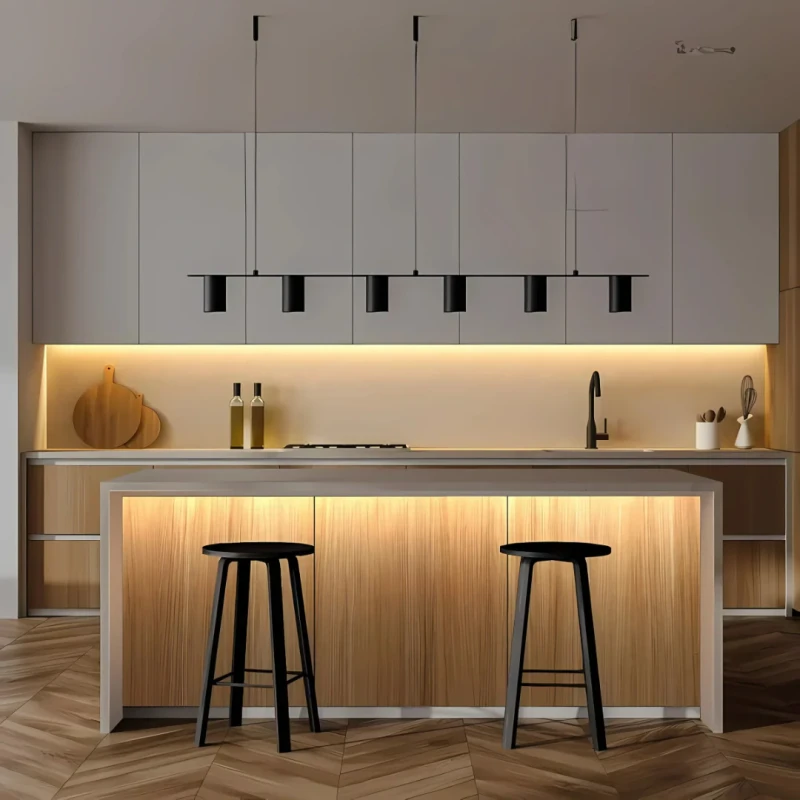

Meanwell PWM 드라이버
달리 디밍을 선택해야 할 때
Dali Dimming은 정밀도, 확장성 및 장기 관리가 최우선 순위인 프로젝트를 위해 설계되었습니다. 더 높은 선행 투자가 필요하지만 고급 기능은 종종 시스템의 수명 동안 더 강력한 수익을 제공합니다.
다음과 같은 경우 Dali Dimming을 선택할 수 있습니다.
- 프로젝트가 대규모 또는 다중 구역입니다.
DALI는 유연한 그룹화 및 장면 제어를 통해 한 라인당 최대 64개의 개별 주소 지정이 가능한 장치를 지원합니다.
수백 또는 수천 개의 비품이 조정된 제어가 필요한 사무실 건물, 호텔, 공항, 병원 및 대학에 이상적입니다.
- 정확하고 깜박임 없는 조명 제어가 필요합니다.
Dali는 부드러운 전환으로 최대 254개의 디밍 레벨을 제공하므로 조명 품질이 생산성, 편안함 또는 브랜드 프레젠테이션에 영향을 미치는 애플리케이션에 적합합니다.
- 다른 건물 시스템과의 통합이 필요합니다.
DALI는 KNX 또는 BACnet과 같은 BMS(Building Management System)와 쉽게 연결하여 중앙 집중식 모니터링, 자동화 및 에너지 최적화를 가능하게 합니다.
- 유지 보수 효율성이 우선입니다
양방향 통신을 통해 각 고정 장치는 상태를 보고할 수 있으므로 시설 관리자는 오류를 조기에 감지하고 가동 중지 시간을 줄일 수 있습니다.
이러한 사전 예방적 접근 방식은 조명 장비의 수명을 연장하고 계획되지 않은 서비스 호출을 최소화하는 데 도움이 됩니다.
- 향후 확장 및 제어 유연성이 중요합니다.
DALI는 센서(점유, 일광), 벽걸이형 제어판 및 터치 인터페이스와의 통합을 지원합니다.
따라서 전체 인프라를 교체하지 않고도 자동 조명 조정, 장면 사전 설정 및 사용자 친화적인 수동 오버라이드를 사용하여 나중에 시스템을 쉽게 업그레이드할 수 있습니다.
Dali Dimming의 일반적인 시나리오는 다음과 같습니다.
여러 부서와 회의 공간이 있는 기업 오피스 타워
일관된 조명으로 직원의 눈의 피로를 줄이고 환자의 편안함을 향상시키는 병원 및 진료소
복잡한 조명 구역과 일정이 있는 쇼핑몰
신뢰할 수 있는 중앙 집중식 제어가 필요한 공항 및 기차역과 같은 교통 허브
정확한 조명 수준이 민감한 전시물을 보호하는 박물관 및 갤러리
조명이 일상적인 운영과 장기 에너지 전략 모두에서 중요한 역할을 할 때 DALI는 간단한 아날로그 방법이 따라올 수 없는 제어 및 적응성 수준을 제공합니다.

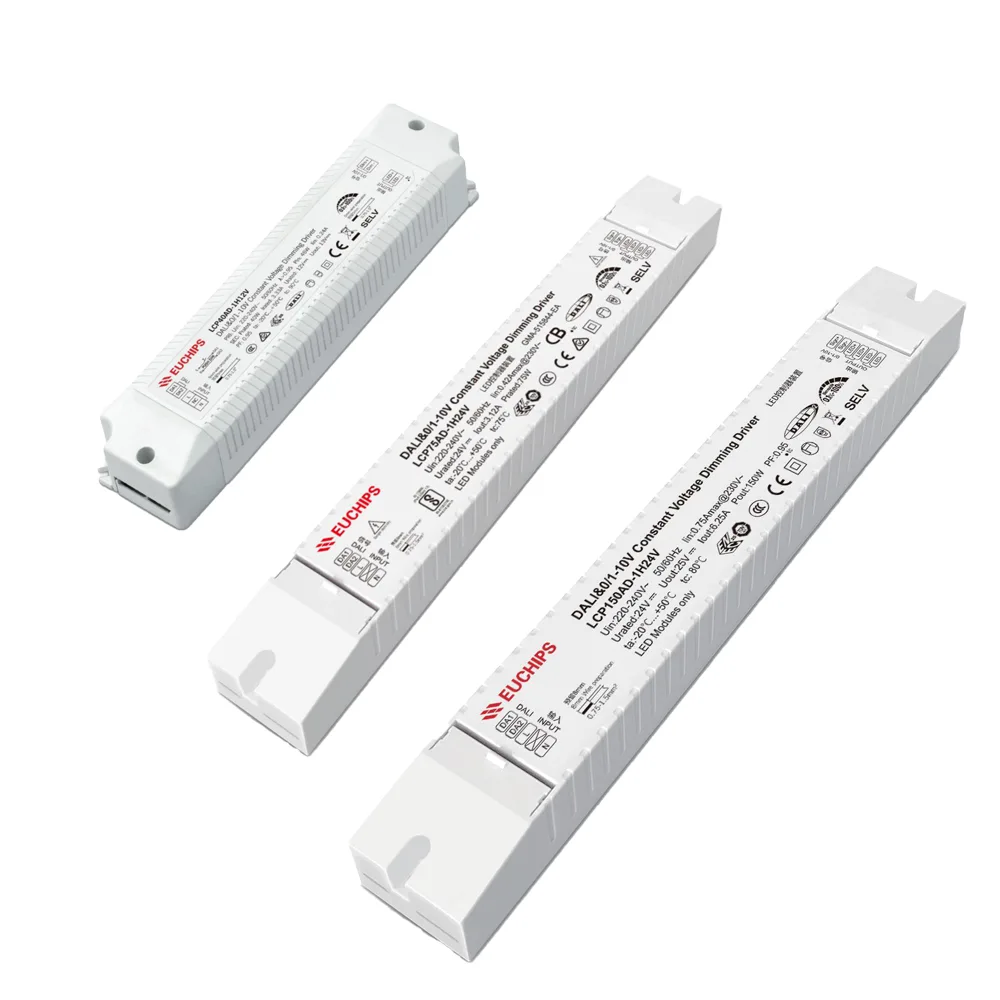
유치프스 달리 드라이버
결정하기 전에 실용적인 고려 사항
DALI와 PWM 디밍 중에서 선택하는 것은 제어 방법을 프로젝트의 크기, 목표 및 예산에 맞추는 것입니다. 제한된 구역과 빠듯한 예산으로 소규모 설치를 관리하는 경우 PWM은 간단하고 안정적이며 비용 효율적인 솔루션을 제공합니다. 유연성, 확장성 및 통합이 우선시되는 대규모의 복잡한 프로젝트의 경우, 초기 투자가 높음에도 불구하고 DALI는 장기적인 가치를 제공합니다.
평가할 핵심 요소는 다음과 같습니다.
예산 – 초기 장비 비용뿐만 아니라 장기적인 에너지 절약 및 유지 보수 효율성도 고려하십시오. PWM 디밍은 일반적으로 초기에 비용 효율적이며 Dali는 복잡하고 고급스러운 프로젝트에서 더 나은 장기적 가치를 제공합니다.
프로젝트 규모 – 구역이 제한된 중소 프로젝트의 경우 PWM은 더 간단하고 경제적인 선택이 될 수 있습니다. 여러 구역과 고급 제어 요구 사항이 있는 대규모 프로젝트는 Dali의 유연성으로 혜택을 받을 수 있습니다.
시스템 통합 – 조명이 건물 관리 시스템(BMS), 점유 센서 또는 일광 센서와 통합되어야 하는 경우 DALI는 표준화된 호환성을 제공하는 반면 PWM은 더 많은 맞춤형 배선 또는 컨트롤러가 필요합니다.
향후 확장 – 추가 구역, 장면 제어 또는 새로운 제어 장치(예: 벽 패널, 터치 인터페이스)를 통해 확장할 수 있는 프로젝트의 경우 DALI의 주소 지정이 가능한 디자인은 확장성을 제공합니다. PWM도 확장할 수 있지만 일반적으로 더 많은 배선 및 컨트롤러 업그레이드가 있습니다.
스마트 조명에 맞는 프로토콜은 무엇입니까?
PWM과 Dali 중에서 선택하는 것은 궁극적으로 프로젝트의 우선 순위에 달려 있습니다. 비용 효율성과 간단한 설정에 중점을 둔 경우 PWM이 실용적인 선택이 될 수 있습니다. 정확한 디밍, 중앙 집중식 제어 및 건물 관리 시스템과의 통합을 요구하는 프로젝트의 경우 Dali는 종종 투자 가치가 있습니다. 결정하기 전에 예산, 프로젝트 규모, 통합 요구 사항 및 향후 확장 계획을 고려하십시오.
에서 사인라이트LED, 우리는 전 세계 상업용 프로젝트를 위한 고정 장치를 설계, 사용자 정의 및 공급하는 수년간의 경험을 바탕으로 PWM 및 Dali LED 조명 솔루션을 모두 제공합니다. 기존 조명 시스템을 업그레이드하든 처음부터 건물을 짓든 당사 팀은 올바른 프로토콜을 선택하고 맞춤형 제품 디자인을 제공하며 원활한 설치를 보장하는 데 도움을 드릴 수 있습니다.
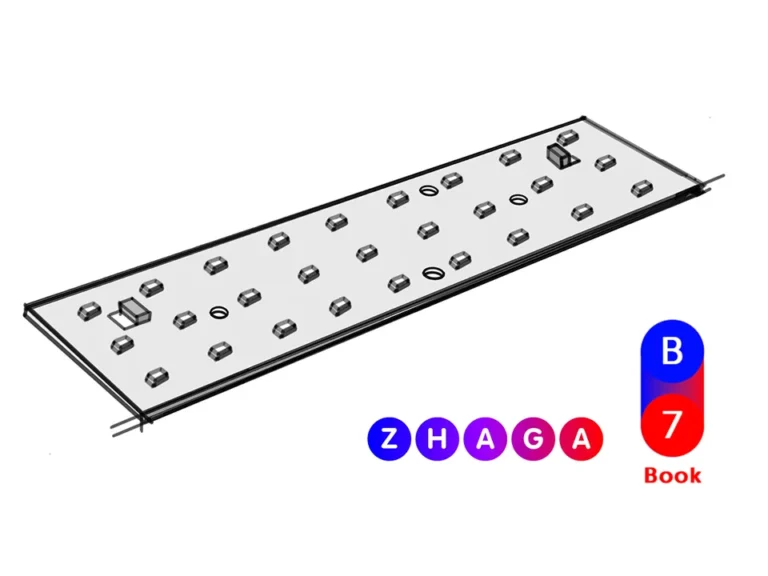

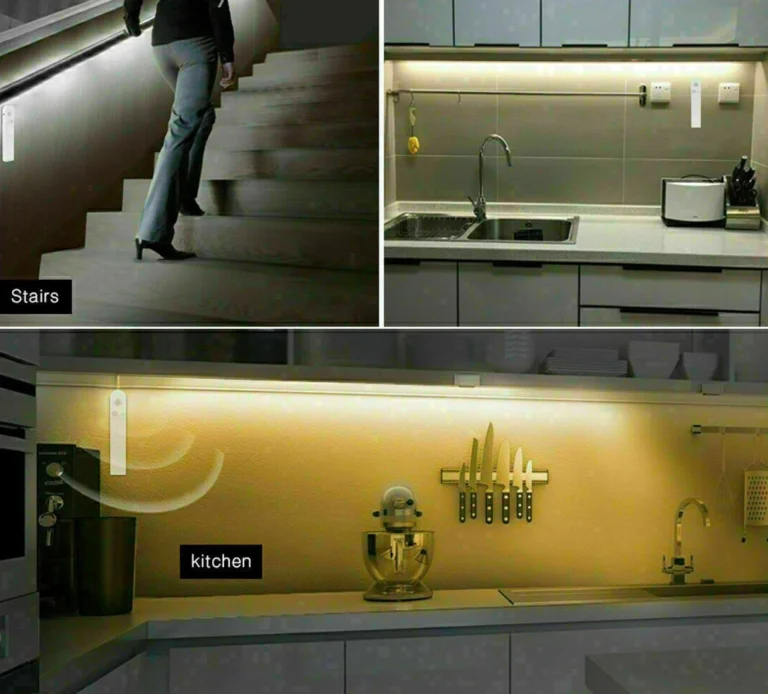
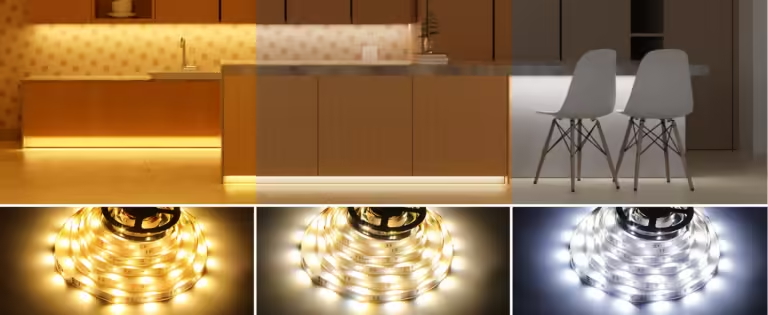
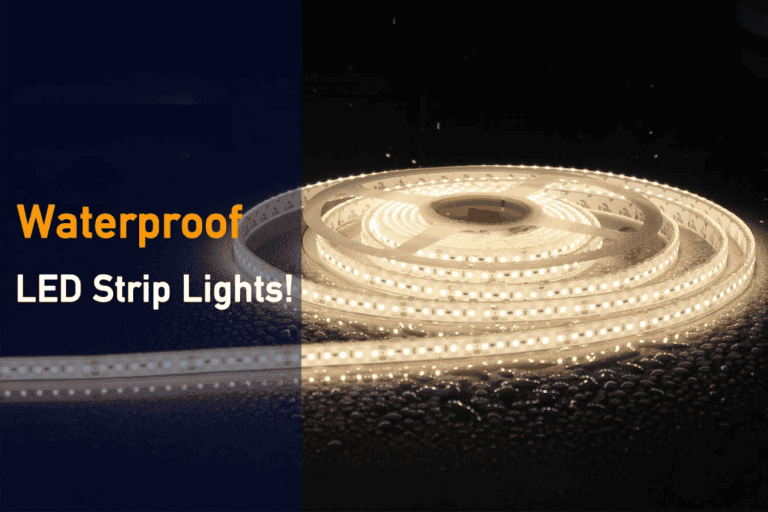
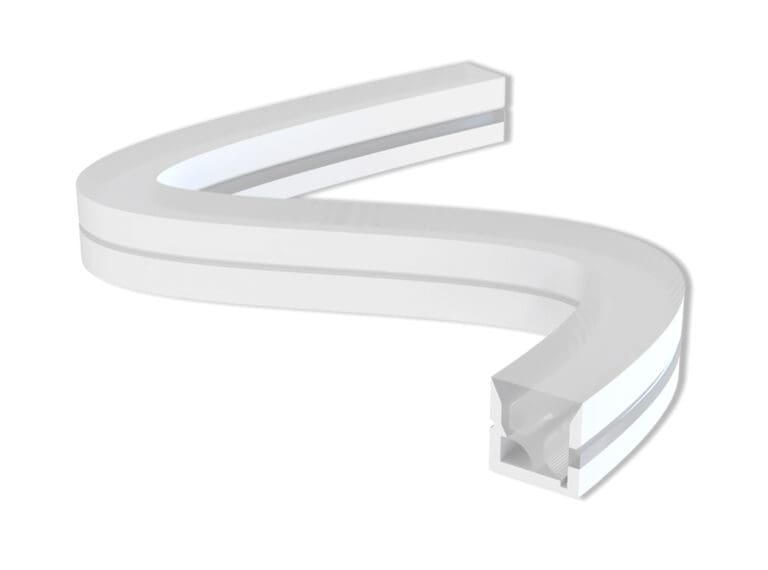

나는 방문자의 개인 공급이 새 게시물을 확인하기 위해 정기적으로 돌아올 것입니다.